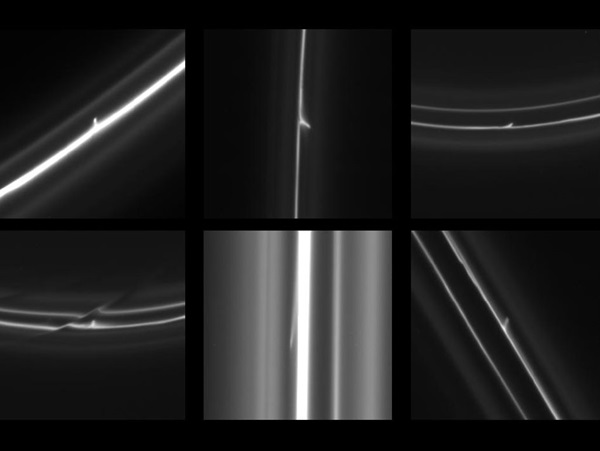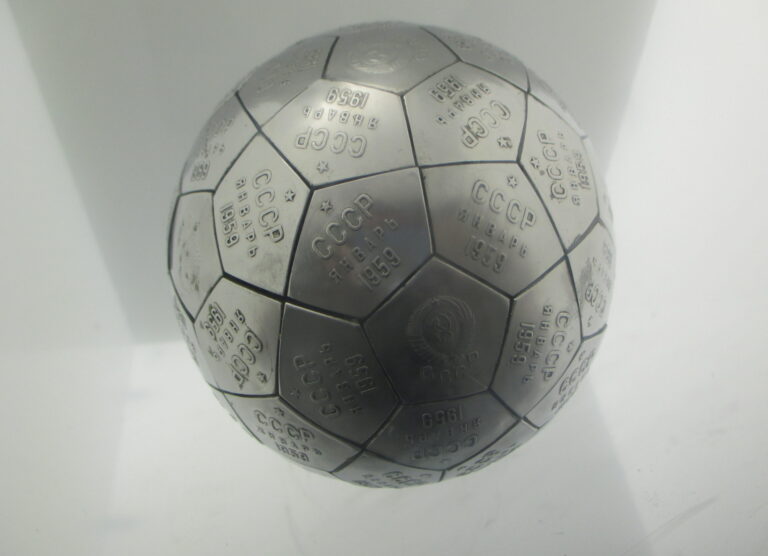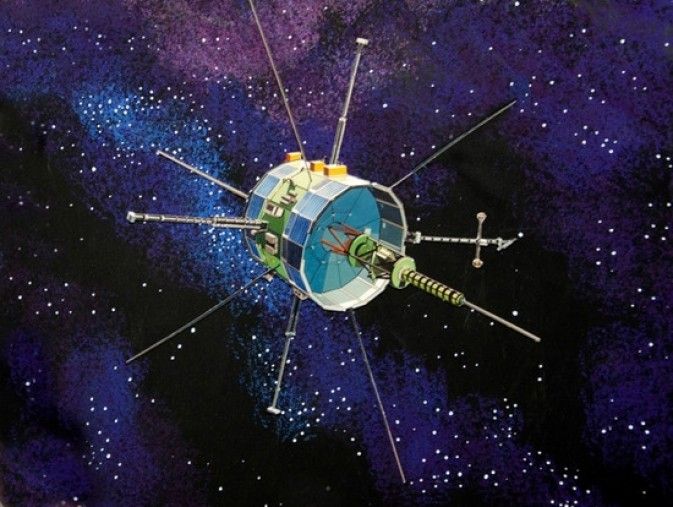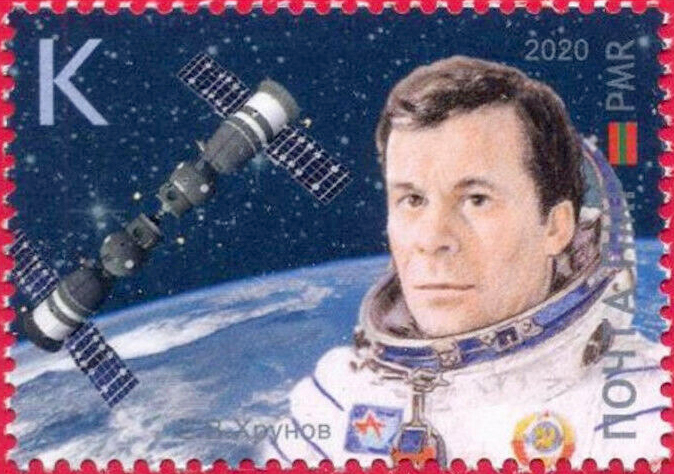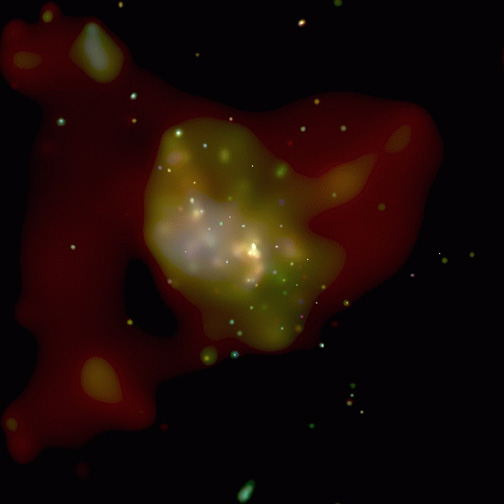Key Takeaways:
“I think the F ring is Saturn’s weirdest ring, and these latest Cassini results go to show how the F ring is even more dynamic than we ever thought,” said Carl Murray from Queen Mary University in London, England. “These findings show us that the F ring region is like a bustling zoo of objects from a half mile (0.8 kilometer) in size to moons like Prometheus that are 100 miles (160 km) in size, creating a spectacular show.”
Scientists have known that relatively large objects like Prometheus — as long as 92 miles (148 km) across — can create channels, ripples, and snowballs in the F ring, but scientists didn’t know what happened to these snowballs after they were created, Murray said. Some were surely broken up by collisions or tidal forces in their orbit around Saturn, but now scientists have evidence that some of the smaller ones survived, and their differing orbits mean they go on to strike through the F ring on their own.
These small objects appear to collide with the F ring at gentle speeds – something on the order of about 4 mph (6.4 km/h). The collisions drag glittering ice particles out of the F ring with them, leaving a trail typically 20 to 110 miles (40 to 180 km) long. Murray’s group happened to see a tiny trail in an image from January 30, 2009, and tracked it over eight hours. The long footage confirmed the small object originated in the F ring, so they went back through the Cassini image catalog to see if the phenomenon was frequent.
“The F ring has a circumference of 550,000 miles [881,000 kilometers], and these mini-jets are so tiny, they took quite a bit of time and serendipity to find,” said Nick Attree from Queen Mary University. “We combed through 20,000 images and were delighted to find 500 examples of these rogues during just the seven years Cassini has been at Saturn.”
In some cases, the objects traveled in packs, creating mini-jets that looked quite exotic, like the barb of a harpoon. Other new images depict grand views of the entire F ring, showing the swirls and eddies that ripple around the ring from all the different kinds of objects moving through and around it.
“Beyond just showing us the strange beauty of the F ring, Cassini’s studies of this ring help us understand the activity that occurs when solar systems evolve out of dusty disks that are similar to, but obviously much grander than, the disk we see around Saturn,” said Linda Spilker from NASA’s Jet Propulsion Laboratory in Pasadena, California. “We can’t wait to see what else Cassini will show us in Saturn’s rings.”

